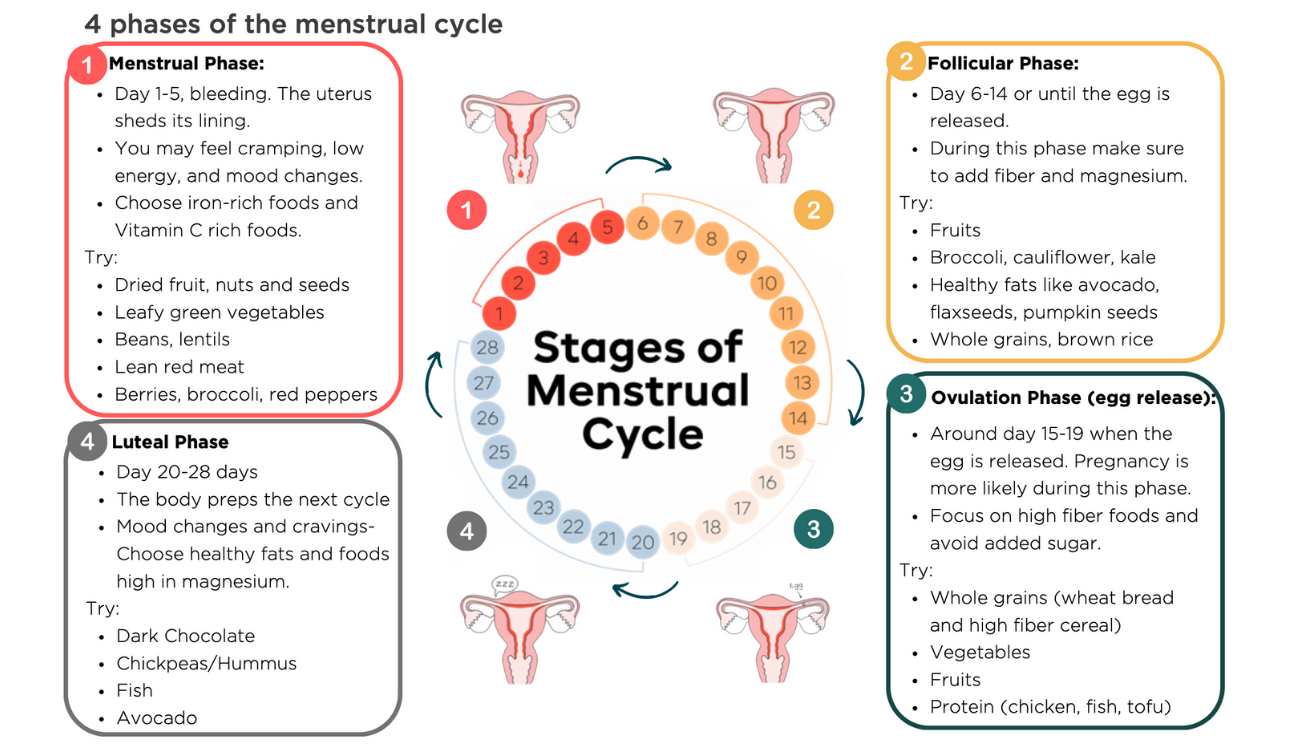If you or someone you know has Inflammatory Bowel Disease like Crohn’s or Ulcerative Colitis, Irritable Bowel Syndrome, or chronic acid reflux, read on for some tips that really work for symptom relief:
Eat Anti-Inflammatory Foods to help calm irritation in the stomach or gut:
- Olive Oil
- Avocado
- Omega-3 foods like walnuts, wild fish, ground flaxseed, or an omega-3 supplement
- Turmeric – see recipe below for example to use it in cooking
If you have a flare-up of symptoms like diarrhea, severe bloating, pain, or sour stomach, eat easy-to-digest foods for gut rest:
- Try clear liquids for a day: Jell-o, popsicles, soup broth, herbal teas, or clear juice.
- Then, move to soothing foods for about a week or until symptoms get better: daily yogurt or kefir, oatmeal, tofu, quinoa, soups, applesauce, rice, and soft-cooked vegetables.
- Avoid coffee and other caffeinated drinks during this time as it further stimulates your gut.
Focus on Self-Care. Stress and anxiety can worsen digestive issues and acid reflux. Try to:
- Make sleep a priority.
- Decrease stress with gentle exercise like Yoga, Tai Chi, and Qi Gong, massage, or meditation.
- Drink plenty of water and limit alcohol.
Try this tasty way to enhance the flavor of quinoa while supporting your digestion.

